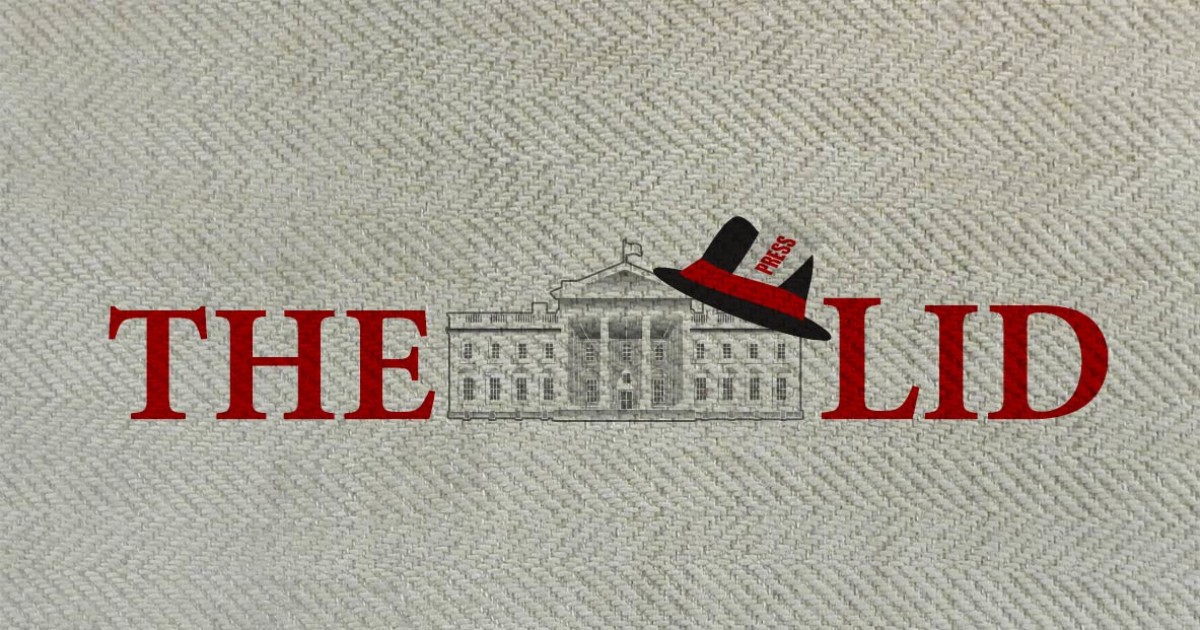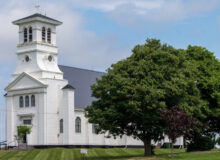This must read story is from Esquire:
Do you remember this photograph? In the United States, people have taken pains to banish it from the record of September 11, 2001. The story behind it, though, and the search for the man pictured in it, are our most intimate connection to the horror of that day.
In the picture, he departs from this earth like an arrow. Although he has not chosen his fate, he appears to have, in his last instants of life, embraced it. If he were not falling, he might very well be flying. He appears relaxed, hurtling through the air. He appears comfortable in the grip of unimaginable motion. He does not appear intimidated by gravity’s divine suction or by what awaits him. His arms are by his side, only slightly outriggered. His left leg is bent at the knee, almost casually. His white shirt, or jacket, or frock, is billowing free of his black pants. His black high-tops are still on his feet. In all the other pictures, the people who did what he did—who jumped—appear to be struggling against horrific discrepancies of scale. They are made puny by the backdrop of the towers, which loom like colossi, and then by the event itself. Some of them are shirtless; their shoes fly off as they flail and fall; they look confused, as though trying to swim down the side of a mountain. The man in the picture, by contrast, is perfectly vertical, and so is in accord with the lines of the buildings behind him. He splits them, bisects them: Everything to the left of him in the picture is the North Tower; everything to the right, the South. Though oblivious to the geometric balance he has achieved, he is the essential element in the creation of a new flag, a banner composed entirely of steel bars shining in the sun. Some people who look at the picture see stoicism, willpower, a portrait of resignation; others see something else—something discordant and therefore terrible: freedom. There is something almost rebellious in the man’s posture, as though once faced with the inevitability of death, he decided to get on with it; as though he were a missile, a spear, bent on attaining his own end. He is, fifteen seconds past 9:41 a.m. EST, the moment the picture is taken, in the clutches of pure physics, accelerating at a rate of thirty-two feet per second squared. He will soon be traveling at upwards of 150 miles per hour, and he is upside down. In the picture, he is frozen; in his life outside the frame, he drops and keeps dropping until he disappears.
The photographer is no stranger to history; he knows it is something that happens later. In the actual moment history is made, it is usually made in terror and confusion, and so it is up to people like him—paid witnesses—to have the presence of mind to attend to its manufacture. The photographer has that presence of mind and has had it since he was a young man. When he was twenty-one years old, he was standing right behind Bobby Kennedy when Bobby Kennedy was shot in the head. His jacket was spattered with Kennedy’s blood, but he jumped on a table and shot pictures of Kennedy’s open and ebbing eyes, and then of Ethel Kennedy crouching over her husband and begging photographers—begging him—not to take pictures.
Richard Drew has never done that. Although he has preserved the jacket patterned with Kennedy’s blood, he has never not taken a picture, never averted his eye. He works for the Associated Press. He is a journalist. It is not up to him to reject the images that fill his frame, because one never knows when history is made until one makes it. It is not even up to him to distinguish if a body is alive or dead, because the camera makes no such distinctions, and he is in the business of shooting bodies, as all photographers are, unless they are Ansel Adams. Indeed, he was shooting bodies on the morning of September 11, 2001. On assignment for the AP, he was shooting a maternity fashion show in Bryant Park, notable, he says, “because it featured actual pregnant models.” He was fifty-four years old. He wore glasses. He was sparse in the scalp, gray in the beard, hard in the head. In a lifetime of taking pictures, he has found a way to be both mild-mannered and brusque, patient and very, very quick. He was doing what he always does at fashion shows—”staking out real estate”—when a CNN cameraman with an earpiece said that a plane had crashed into the North Tower, and Drew’s editor rang his cell phone. He packed his equipment into a bag and gambled on taking the subway downtown. Although it was still running, he was the only one on it. He got out at the Chambers Street station and saw that both towers had been turned into smokestacks. Staking out his real estate, he walked west, to where ambulances were gathering, because rescue workers “usually won’t throw you out.” Then he heard people gasping. People on the ground were gasping because people in the building were jumping. He started shooting pictures through a 200mm lens. He was standing between a cop and an emergency technician, and each time one of them cried, “There goes another,” his camera found a falling body and followed it down for a nine- or twelve-shot sequence. He shot ten or fifteen of them before he heard the rumbling of the South Tower and witnessed, through the winnowing exclusivity of his lens, its collapse. He was engulfed in a mobile ruin, but he grabbed a mask from an ambulance and photographed the top of the North Tower “exploding like a mushroom” and raining debris. He discovered that there is such a thing as being too close, and, deciding that he had fulfilled his professional obligations, Richard Drew joined the throng of ashen humanity heading north, walking until he reached his office at Rockefeller Center.
What follows is the incredible story of the attempt to find out who this man was, and during the search, learning about the continued pain of all of the 9/11 victims families.
The full story at Esquire is a must read…
I strongly recommend you click here and read the entire article.






